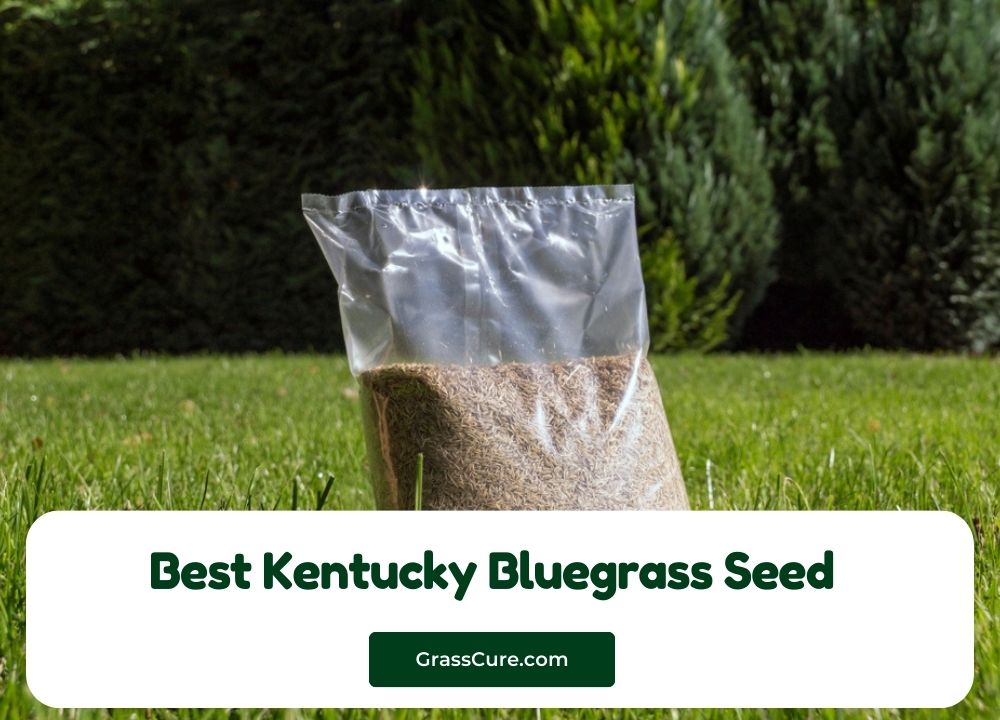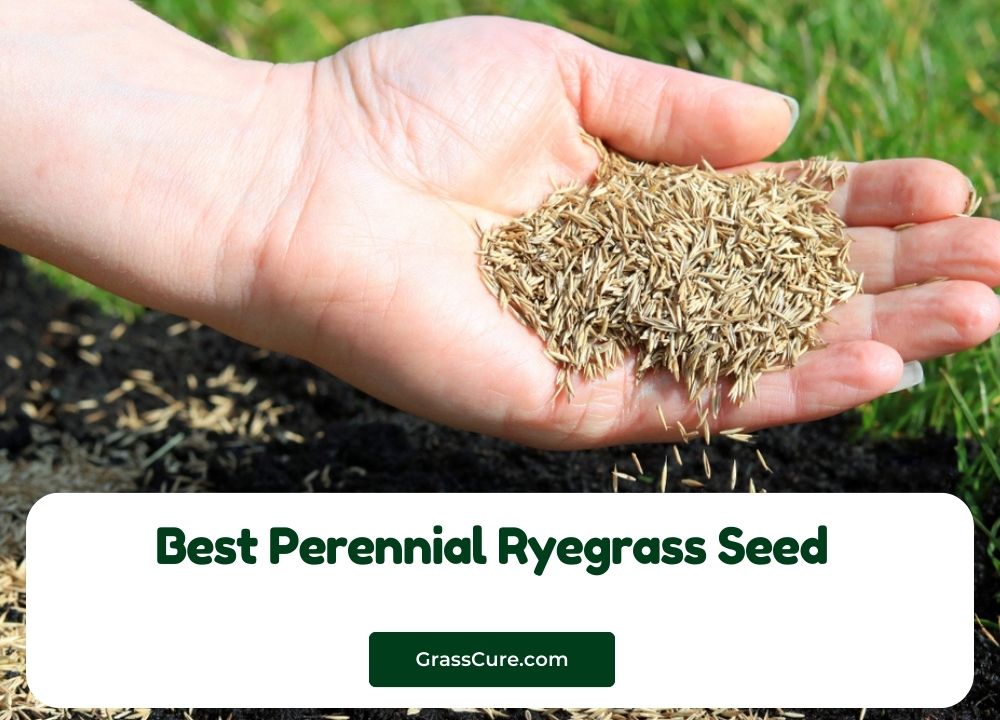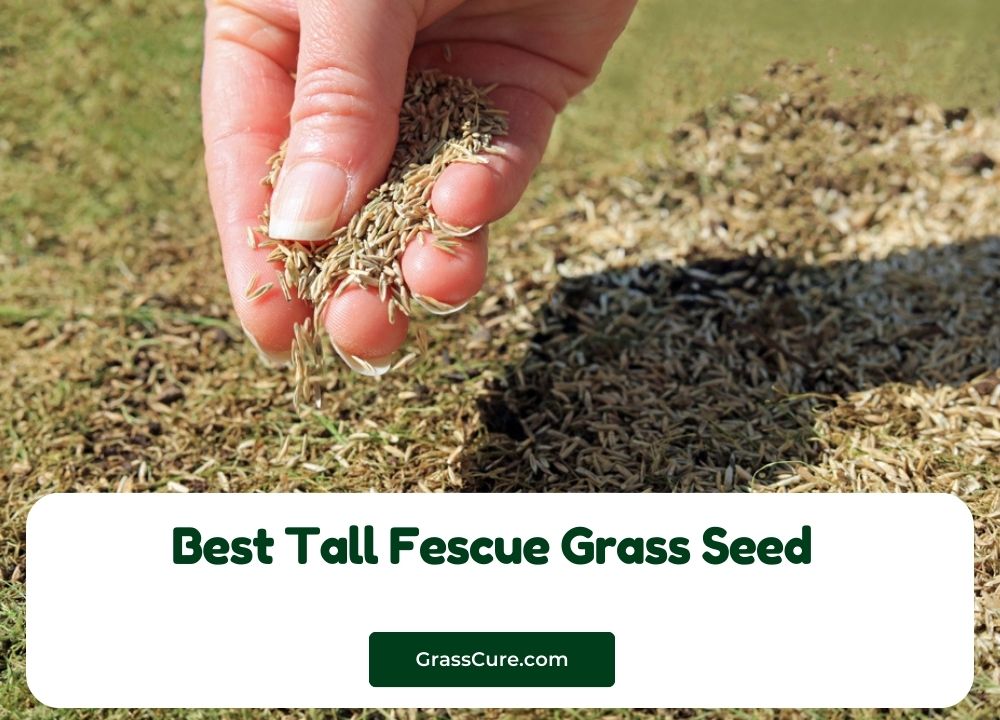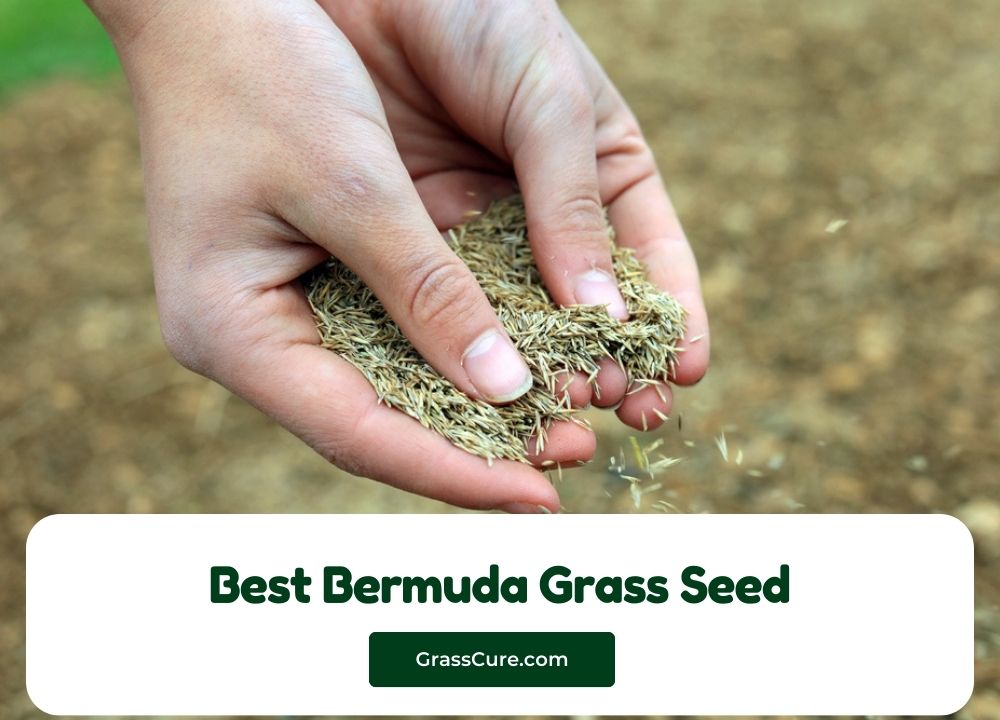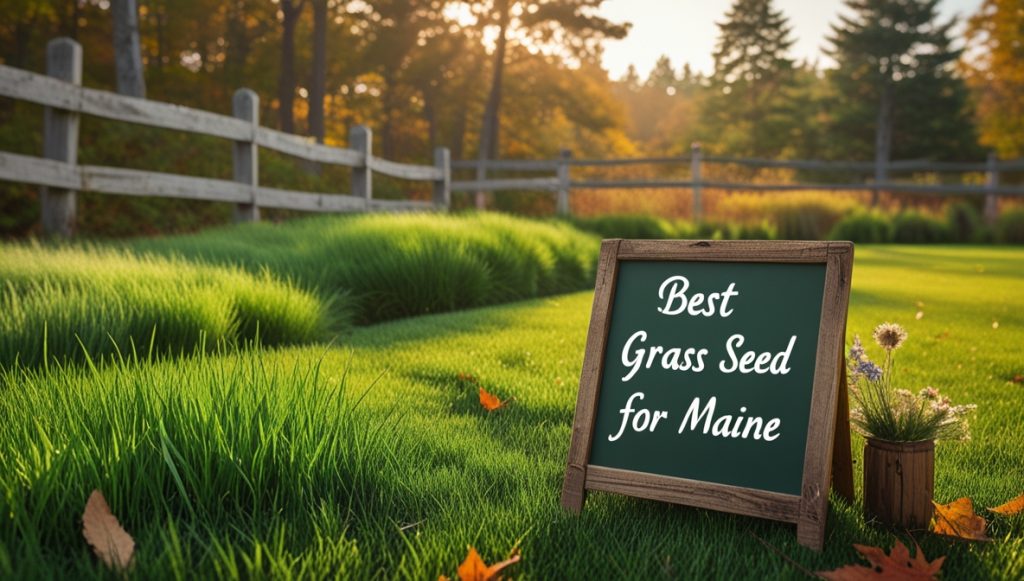Getting a lush, green lawn in East Tennessee requires choosing the right grass seed for your specific conditions. This guide explores the best grass seed options for the region, helping you achieve the lawn of your dreams. From understanding the climate to selecting the perfect seed and maintaining your lawn, we’ll cover everything you need to know.
Contents
- Understanding East Tennessee’s Climate
- Choosing the Right Grass Type
- Tall Fescue: A Popular Choice
- Kentucky Bluegrass: A Classic Option
- Fine Fescue: For Shady Areas
- Zoysia Grass: A Warm-Season Alternative
- Ryegrass: For Quick Establishment
- Seed Mixture Considerations
- Preparing Your Soil for Success
- Sowing and Maintaining Your Lawn
Understanding East Tennessee’s Climate
East Tennessee boasts a diverse climate, varying significantly depending on elevation and proximity to the mountains. Generally, the region experiences four distinct seasons, with hot, humid summers and cool, sometimes frigid winters. Rainfall is relatively consistent throughout the year, but droughts can occur, especially during summer months. These varying conditions influence the types of grass that will thrive.
Consequently, selecting a grass seed that can withstand both the summer heat and humidity and the winter cold is crucial. Consider your specific microclimate – a sunny, south-facing slope will have different needs than a shady, north-facing area. Understanding these nuances will greatly impact your success in establishing a healthy lawn.
Choosing the Right Grass Type
The best grass type for your East Tennessee lawn depends largely on sun exposure, soil type, and your personal preferences. Some grasses tolerate shade better than others, while some require more frequent mowing. Factors such as budget and maintenance time also play a significant role in your decision-making process.
Therefore, carefully assess your yard’s conditions before selecting a grass seed. Research the specific needs of each grass type to determine which one aligns best with your lifestyle and the characteristics of your property. This careful planning will prevent future headaches and ensure a healthier, more vibrant lawn.
Tall Fescue: A Popular Choice
Tall fescue is a cool-season grass that thrives in the moderate temperatures of East Tennessee. It’s known for its drought tolerance, disease resistance, and ability to withstand heavy foot traffic. This makes it an excellent choice for families with active children or pets.
Furthermore, tall fescue requires less frequent mowing than some other grasses, saving you time and effort in lawn maintenance. Its deep root system helps it withstand periods of drought and contributes to a healthier, more resilient lawn. It’s a versatile option suitable for a wide range of East Tennessee landscapes.
Kentucky Bluegrass: A Classic Option
Kentucky bluegrass is another popular cool-season grass choice for East Tennessee lawns. It’s prized for its fine texture and beautiful dark green color, creating a lush, carpet-like appearance. However, it requires more meticulous care than tall fescue.
Nevertheless, the aesthetic appeal of Kentucky bluegrass often makes it a worthwhile investment. It performs best in full sun to partial shade and well-drained soil. Be prepared for more frequent watering and fertilization to maintain its vibrant color and density, especially during periods of drought.
Fine Fescue: For Shady Areas
Fine fescue grasses are specifically adapted to shady areas, making them an ideal choice for lawns with limited sunlight. They are more shade-tolerant than tall fescue or Kentucky bluegrass, thriving even in heavily shaded conditions. These grasses are low-maintenance and require less fertilization.
In addition, fine fescue varieties offer a soft texture and a low-growing habit, requiring less frequent mowing. They are a great option for homeowners looking for a low-maintenance lawn in shady parts of their yard, ensuring even the less sunny areas remain aesthetically pleasing.
Zoysia Grass: A Warm-Season Alternative
While cool-season grasses dominate in East Tennessee, Zoysia grass offers a warm-season alternative. It’s known for its exceptional heat and drought tolerance, making it a good choice for areas with intense summer sun. It’s also remarkably durable and resistant to wear and tear.
However, Zoysia grass requires warmer temperatures to establish itself and may not be as successful in areas with consistently cool springs and falls. It also has a slower growth rate than cool-season grasses, meaning it takes longer to fill in bare patches. Consider your specific microclimate carefully before choosing Zoysia.
Ryegrass: For Quick Establishment
Ryegrass is often used as a temporary or nurse grass to quickly cover bare patches of soil. It germinates rapidly, providing a green cover while slower-growing grasses, like tall fescue or Kentucky bluegrass, establish themselves. It’s particularly useful for filling in areas damaged by construction or erosion.
Moreover, ryegrass is relatively inexpensive and easy to sow. However, it’s not a long-term solution, as it tends to thin out and become less vigorous over time. It’s best used as a temporary measure before planting a more permanent grass type.
Seed Mixture Considerations
Many homeowners find success using seed mixtures that combine different grass types. A blend can offer the benefits of several grasses, improving overall lawn resilience and aesthetic appeal. For instance, a mixture of tall fescue and Kentucky bluegrass combines drought tolerance with a fine texture.
Furthermore, seed mixtures often include different cultivars within a grass type, enhancing disease resistance and overall hardiness. Choosing a blend tailored to your specific conditions and preferences is often the most effective approach to creating a thriving lawn in East Tennessee.
Preparing Your Soil for Success
Before sowing any grass seed, proper soil preparation is crucial for optimal results. Conduct a soil test to determine its pH and nutrient levels. Amend the soil as needed to achieve a balanced pH (around 6.0-7.0) and add organic matter to improve drainage and fertility.
Subsequently, remove any weeds, rocks, and debris from the area. Till or loosen the soil to a depth of several inches to create a seedbed that’s suitable for germination. Level the soil surface to ensure even seed distribution and prevent uneven growth.
Sowing and Maintaining Your Lawn
Sow the grass seed according to the package directions, ensuring even distribution. Lightly rake the seed into the soil and cover with a thin layer of topsoil or peat moss. Water gently and frequently to maintain soil moisture throughout the germination period.
Finally, regular mowing, fertilization, and watering are essential for maintaining a healthy lawn. Adjust mowing height according to the grass type and avoid scalping. Fertilize in the spring and fall to promote healthy growth. Consistent watering, especially during dry periods, is vital for maintaining a lush, green lawn.
Selecting the best grass seed for your East Tennessee lawn is a crucial step in achieving a beautiful and healthy landscape. By considering the climate, soil conditions, and your personal preferences, you can make an informed decision and enjoy a vibrant lawn for years to come. Remember to prioritize proper soil preparation and consistent maintenance for optimal results.

